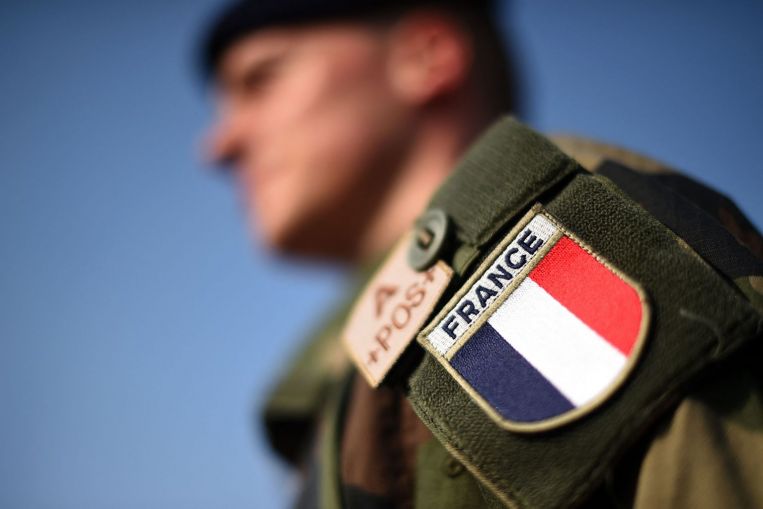BRUSSELS (REUTERS) – Taleban fighters seized vast swathes of Afghanistan in the last few months and the Islamist militants have accelerated their offensive in the past week.
Meanwhile, the remaining foreign troops in the country are preparing to complete their withdrawal by the end of the month and have left local Afghan forces to fight the insurgents largely on their own.
Here are some facts about Nato’s military involvement in support of the United States:
* On Sept 12, 2001, Nato allies invoked their mutual defence clause for the first, and so far only time in the Western alliance’s seven-decade history, after the Sept 11, 2001 attacks on the United States by Al-Qaeda militants.
* After US-led forces defeated Taleban leaders harbouring Al-Qaeda founder Osama bin Laden, the architect of the Sept 11 attacks, Nato took command of an international coalition in 2003. It aimed to restore peace to Afghanistan and build up Afghan security forces. In 2015, the mission, known as ISAF, was replaced by the current training operation, Resolute Support. As of April, it numbered around 10,000 troops from 36 nations.
* The international military coalition has suffered over 3,500 fatalities since 2001, among them around 2,400 Americans, according to US Congress data. More than 20,000 US troops were wounded in action. The website www.icasulaties.org puts the total number of fatalities at 3,577.
* Nato’s troop presence peaked in 2011, with over 130,000 foreign troops from 51 allied and partner countries in Afghanistan. Since 2003, Nato has trained hundreds of thousands of Afghan troops and police officers, including establishing an Afghan air force.
* Germany deployed the second largest military contingent in Afghanistan after the United States. In the northern Afghan province of Kunduz, a stronghold of the Taleban, Germany lost more of its troops in combat there than anywhere else in the world since the end of World War II.
* The United States alone spent more than US$140 billion in overall aid for Afghanistan since 2002, according to US Congress data. The Pentagon estimated the cost of US combat operations, including support for the Afghan forces, at more than US$820 billion for the same period.
* Afghanistan remains one of the poorest countries in the world. It ranks 169 of 189 countries in the Human Development Index published by the United Nations Development Programme, with an average life expectancy of 64 years and a gross national income per capita of US$2,200.
Join ST’s Telegram channel here and get the latest breaking news delivered to you.
Source: Read Full Article
